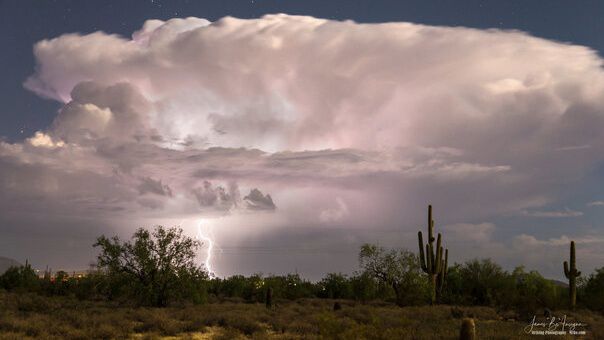Wednesday marks four years since Hurricane Dorian moved up the North Carolina coast.
The storm came just under a year after Hurricane Florence produced devastating flooding in the state.
Dorian's flooding problems came more from its storm surge than from the rain. That was especially the case on Ocracoke Island along the Outer Banks.
The storm produced the highest storm surge ever measured at Ocracoke, covering most of the small village that is only accessible by ferry. The surge surpassed the previous record set just three years prior to Dorian, when Hurricane Matthew moved up the coast.
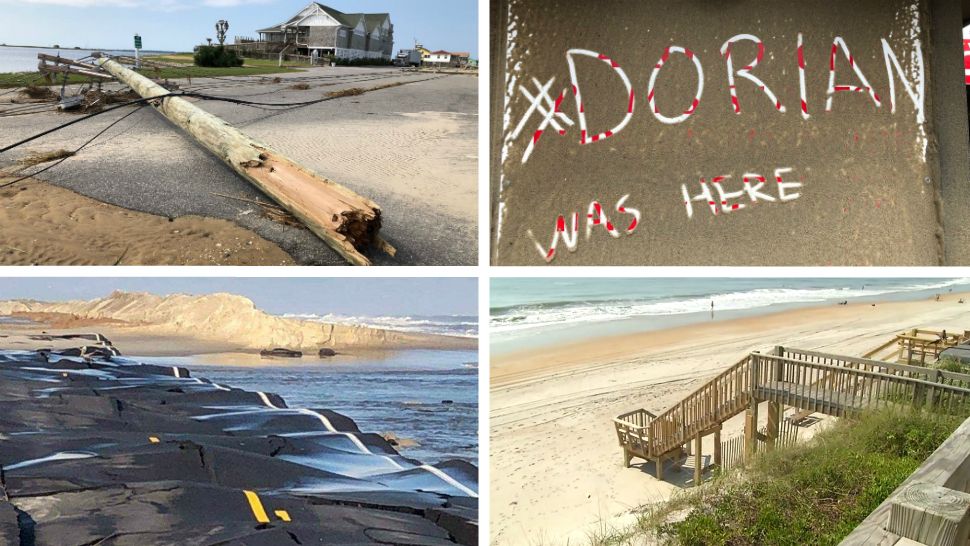
More trouble could be coming for the Outer Banks as a rising sea level adds to the storm surge of future hurricanes.
A year after Hurricane Dorian, we spoke with Reide Corbett, who has been studying North Carolina's barrier islands for around 20 years. He's now the executive director of East Carolina University's Coastal Studies Institute in Wanchese.
He told us events like Dorian that we now would describe as extreme are likely to become more common and warned some homeowners will have difficult decisions to make. “There will be places that we need to sit back and think hard. Should we rebuild? Is it enough to rebuild higher?” asks Corbett.
Dorian was a Category 2 hurricane as it approached the North Carolina coast, but had weakened to a Category 1 storm when it made landfall at Hatteras on the morning of Sept. 6, 2019.
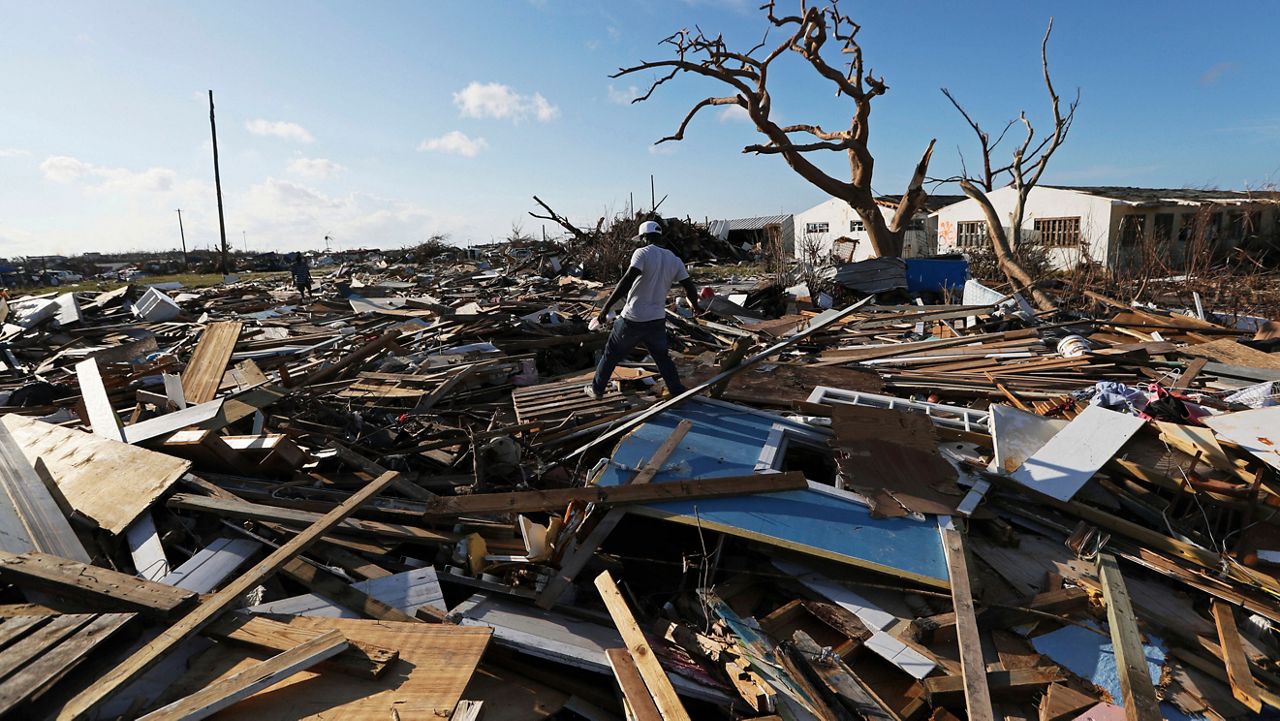
Before the storm arrived in North Carolina, it produced even more catastrophic damage in the Bahamas where it reached Category 5 strength, the highest level of the Saffir-Simpson scale.
Our team of meteorologists dives deep into the science of weather and breaks down timely weather data and information. To view more weather and climate stories, check out our weather blogs section.

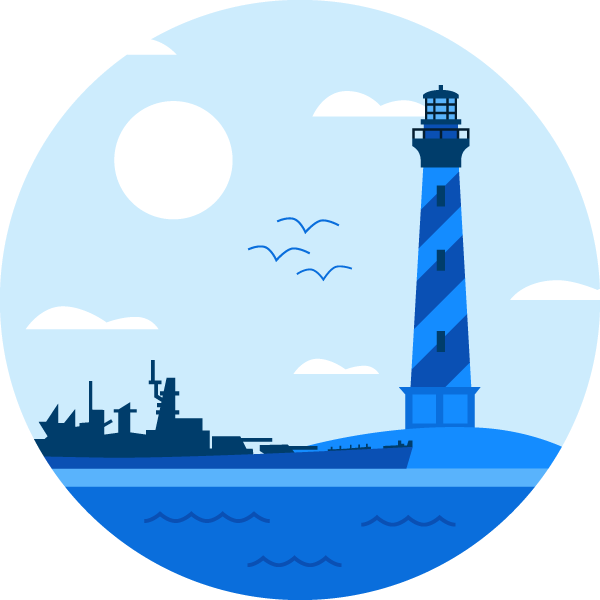


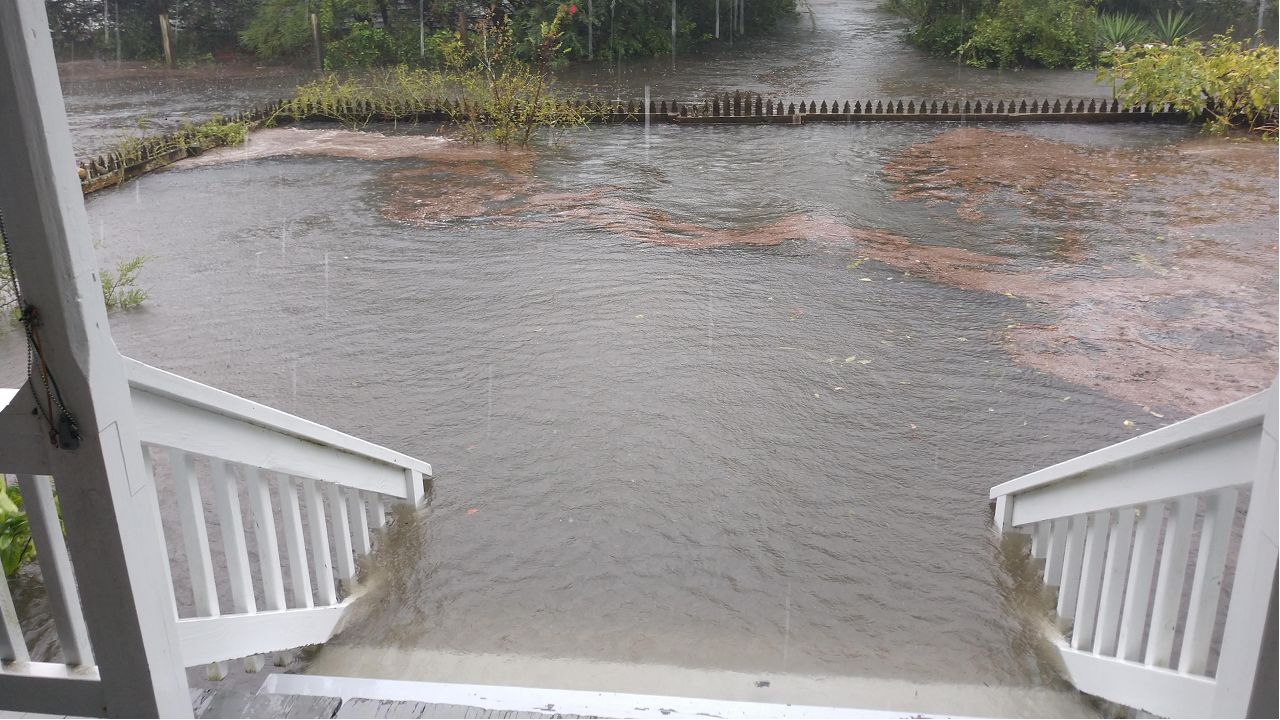
)

